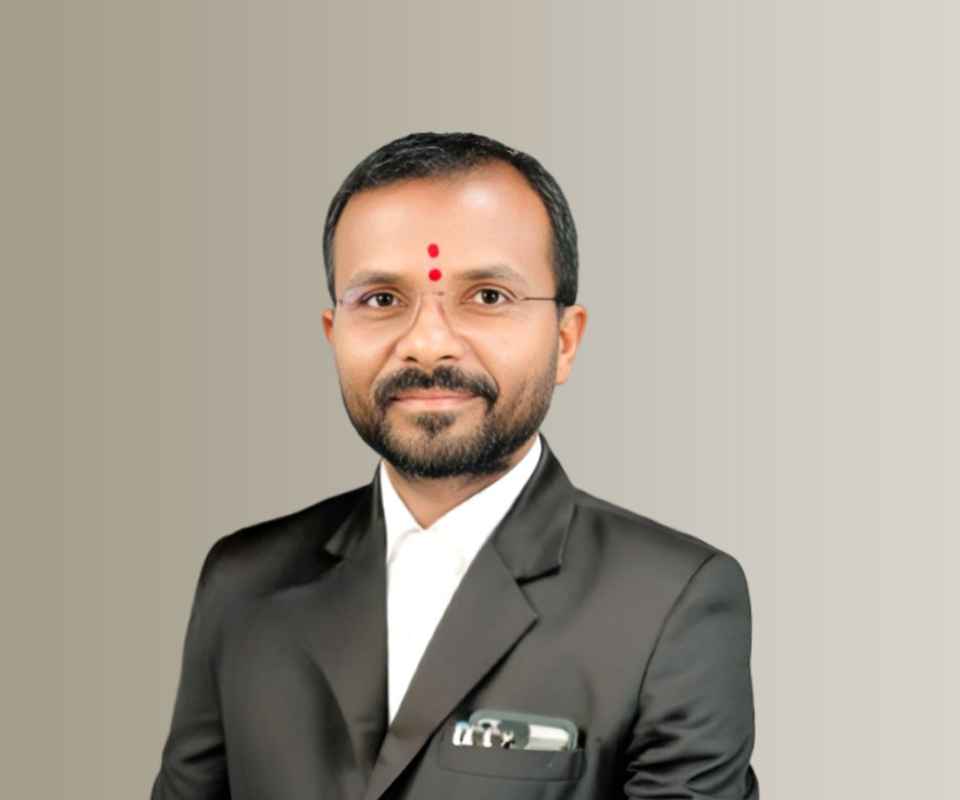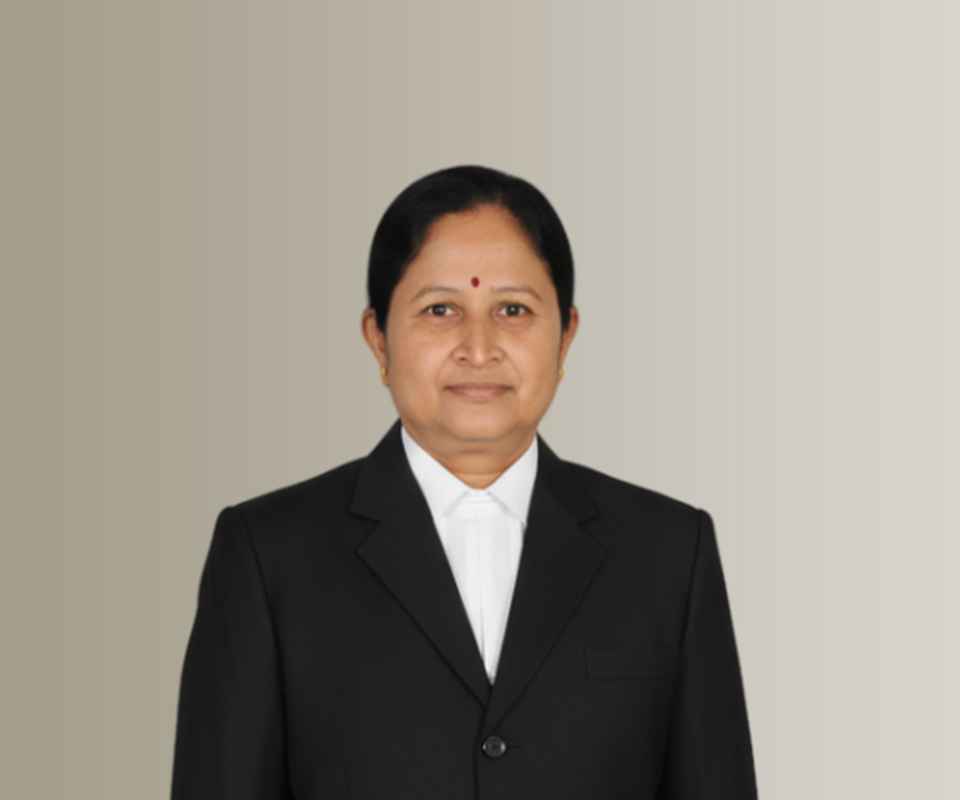Answer By law4u team
When filing a patent in India, you need to submit various documents as part of the application process to the Indian Patent Office (IPO). The documents required ensure that the patent application is complete, meets all legal requirements, and clearly describes the invention. Below is a list of the key documents and information required for patent filing: 1. Patent Application Form (Form 1): This is the main document for filing a patent, which contains details such as the applicant's name, address, and nationality, as well as the title of the invention. If the applicant is a company or legal entity, the form should mention the name and address of the applicant, along with the company registration number. 2. Provisional or Complete Specification: Provisional Specification (Form 2) — This is an optional document if you are not yet ready to provide a complete description of the invention but still want to secure a filing date. It outlines the broad concept of the invention. The provisional specification must include the title, description of the invention, and the field of invention. Complete Specification (Form 2) — This is a detailed document that must include: The title of the invention. Description of the invention, including how it works, its advantages, and potential applications. Claims that define the scope of the patent protection being sought. Drawings or diagrams (if applicable) to explain the invention. A brief abstract of the invention. Note: You need to file a complete specification within 12 months from the date of filing the provisional specification to claim priority. If you file a complete specification directly, there’s no need for a provisional specification. 3. Abstract: A brief summary (up to 150 words) of the invention that helps the examiner understand the essence of the invention. This is usually included within the complete specification but can also be filed as a separate document. 4. Drawings or Diagrams (if applicable): If the invention involves any physical or structural aspects, drawings, flowcharts, or diagrams must be submitted to clarify how the invention works. The drawings should be clear, labeled, and placed in a sequence to support the written description. 5. Power of Attorney (if applicable): If the application is filed through a patent agent or attorney (rather than the inventor themselves), a Power of Attorney (Form 26) is required to authorize the agent to act on behalf of the applicant. This document is necessary when you are using a registered patent agent or attorney to file your application. 6. Statement and Undertaking (Form 28): This document is required when the applicant has a foreign priority claim (i.e., the applicant has filed the patent in another country and wishes to claim priority in India). It confirms that the applicant is aware of the patent laws in India and that the invention is not patented elsewhere (or the applicant will undertake to obtain the necessary licenses). 7. Details of the Inventor(s): The name, address, nationality, and qualification of the inventor(s) must be provided. The inventor is the person who has made the significant contribution to the creation of the invention. 8. Priority Documents (if applicable): If you are claiming priority from a previous application filed in a different country (e.g., under the Paris Convention or PCT), you must submit the priority document from the earlier application. The priority document can be a certified copy of the first application filed with a foreign patent office. 9. Declaration of Inventorship: A declaration that identifies the person or persons who are the true inventors of the invention, confirming that they contributed to the concept and creation of the invention. 10. Application Fee: The prescribed application fee must be paid to the IPO when submitting the patent application. The fee varies depending on whether the applicant is an individual, small entity, or large entity. Individual or Startups: Lower fees. Small Entities: Reduced fees. Other Entities (Large Entities): Standard fees. 11. Assignee/Owner Details (if applicable): If the patent rights are assigned to a third party (e.g., an employer or corporation), then the details of the assignee (the person or organization taking over the patent rights) must be provided. An assignment document (agreement or contract) is required to be submitted as proof. 12. Other Documents (if applicable): Biological Materials: If the invention involves biological material that has been deposited for public access, a declaration of deposit is required. Sequence Listing: For inventions related to biotechnology (e.g., genetic sequences), a sequence listing may need to be provided in a prescribed format. Important Notes: Filing Options: You can file a patent application either online through the Indian Patent Office's e-filing portal or through physical submission at any of the IPO branches. Language: The patent application must be submitted in English or Hindi. If the application is filed in Hindi, the specification must also be translated into English when requested by the IPO. Filing Timelines: Ensure that you file the application within the prescribed time limits to avoid any delay or forfeiture of rights. Summary of Essential Documents: 1. Patent Application Form (Form 1) 2. Provisional or Complete Specification (Form 2) 3. Abstract of the Invention 4. Drawings or Diagrams (if applicable) 5. Power of Attorney (if filing through an agent) 6. Statement and Undertaking (Form 28) 7. Details of Inventor(s) 8. Priority Documents (if claiming foreign priority) 9. Application Fee 10. Assignee/Owner Details (if applicable) These are the core documents required for filing a patent in India. Once filed, the patent office will examine the application, and if all requirements are met, the patent will be granted.









